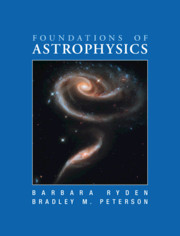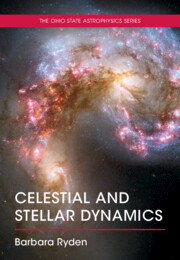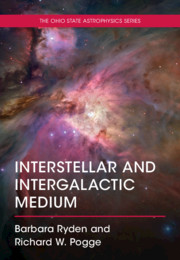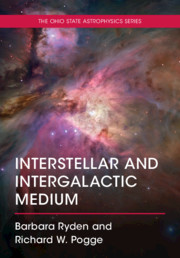Foundations of Astrophysics
Foundations of Astrophysics provides a contemporary and complete introduction to astrophysics for astronomy and physics majors. With a logical presentation and conceptual and quantitative end-of-chapter problems, the material is accessible to introductory astrophysics students taking a two-semester survey course. Starting with the motions of the solar system and a discussion of the interaction of matter and light, the authors explore the physical nature of objects in the solar system, and the exciting new field of exoplanets. The second half of their text covers stellar, galactic, and extragalactic astronomy, followed by a brief discussion of cosmology. This is a reissue of the original 2010 edition, which has established itself as one of the market-leading astrophysics texts, well known for its clarity and simplicity. It has introduced thousands of physical science students to the breadth of astronomy, and helped prepare them for more advanced studies.�
- Presents thorough discussions of the major topics in an informal, but clear and concise style that makes it ideal as an introduction to astrophysics for physical science majors
- No background knowledge of astronomy is assumed, and rigor is carefully introduced, allowing students to develop an understanding without being overwhelmed by mathematics
- Explains interesting connections between different fields of astrophysics and real-life applications that will engage students and put the ideas into context
Reviews & endorsements
'I found this book to be appropriate for our 2-course introduction to astrophysics. The level is appropriate and it is very up to date.' Christopher Theissen, University of California San Diego
Product details
November 2020Hardback
9781108831956
610 pages
252 × 196 × 32 mm
1.49kg
16 colour illus.
Available
Table of Contents
- Preface
- 1. Early astronomy
- 2. Emergence of modern astronomy
- 3. Orbital mechanics
- 4. The Earth–Moon system
- 5. Interaction of radiation and matter
- 6. Astronomical detection of light
- 7. The Sun
- 8. Overview of the solar system
- 9. Earth and Moon
- 10. The planets
- 11. Small bodies in the solar system
- 12. The solar system in perspective
- 13. Properties of stars
- 14. Stellar atmospheres
- 15. Stellar interiors
- 16. The interstellar medium
- 17. Formation and evolution of stars
- 18. Stellar remnants
- 19. Our galaxy
- 20. Galaxies
- 21. Active galaxies
- 22. Clusters and superclusters
- 23. Cosmology
- 24. History of the universe.







